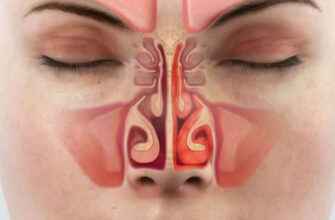Urinary tract infections (UTIs) are a common medical condition, especially in women. They occur when bacteria enter the urinary tract and multiply, causing symptoms such as pain or burning during urination, frequent urination, and cloudy or strong-smelling urine. If left untreated, UTIs can lead to more severe health complications, such as kidney infections. In this article, we will discuss the diagnosis and treatment of UTIs.
1. Diagnosing UTIs
To diagnose a UTI, a healthcare provider will typically take a urine sample and send it to a lab for analysis. The lab will look for the presence of bacteria in the urine, and if bacteria are found, the healthcare provider will likely diagnose a UTI.
2. Symptoms of UTIs
Symptoms of UTIs can vary, but common ones include a burning sensation when urinating, frequent urination, and cloudy or strong-smelling urine. Other symptoms can include pain in the lower abdomen, fever, and chills.
3. Treating UTIs with antibiotics
The most common treatment for UTIs is a course of antibiotics. The type of antibiotic prescribed will depend on the specific bacteria causing the infection, as well as other factors such as the patient’s age and medical history.
4. Drinking plenty of water to flush out bacteria
In addition to taking antibiotics, it’s important to drink plenty of water to help flush out the bacteria causing the infection. This can also help alleviate some of the discomfort associated with UTIs.
5. Avoiding irritants that can worsen symptoms
Certain irritants, such as caffeine, alcohol, and spicy foods, can worsen the symptoms of UTIs. Avoiding these irritants can help alleviate discomfort during treatment.
6. Pain relief medication for symptom relief
Over-the-counter pain relief medication, such as ibuprofen, can help alleviate some of the pain and discomfort associated with UTIs. However, it’s important to consult with a healthcare provider before taking any new medication.
7. Prevention measures for UTIs
There are several prevention measures that can help reduce the risk of developing UTIs, such as drinking plenty of water, wiping from front to back after using the bathroom, and urinating after sexual activity.
8. Recurring UTIs and treatment options
Some people may experience recurring UTIs, which can be frustrating and require more aggressive treatment options, such as longer courses of antibiotics or referral to a specialist.
9. Complications of untreated UTIs
If left untreated, UTIs can lead to more severe health complications, such as kidney infections, which can be very serious and require hospitalization.
10. Seeking medical attention for persistent symptoms
If symptoms persist despite treatment, or if new symptoms develop, it’s important to seek medical attention. This could indicate a more severe infection or an underlying medical condition that requires further evaluation and treatment.
In conclusion, UTIs are a common medical condition that can be diagnosed and treated with antibiotics. Drinking plenty of water, avoiding irritants, and taking pain relief medication can help alleviate symptoms during treatment. Preventative measures can also reduce the risk of developing UTIs, and seeking medical attention for persistent symptoms is important to avoid more severe health complications.











